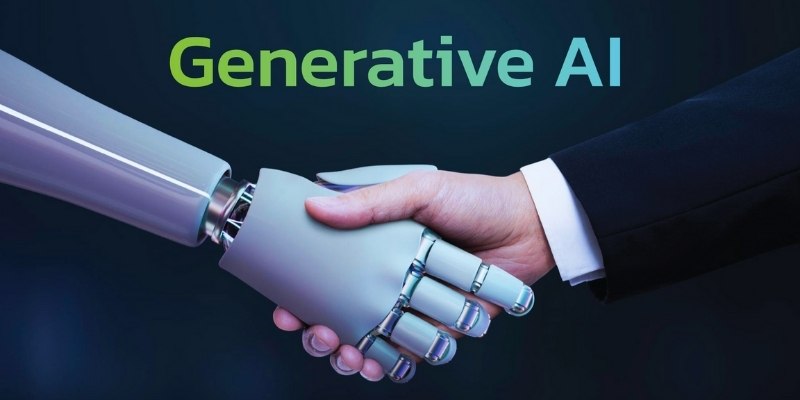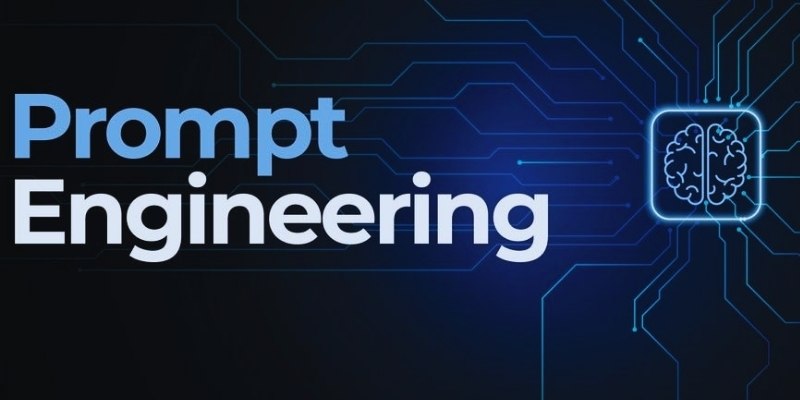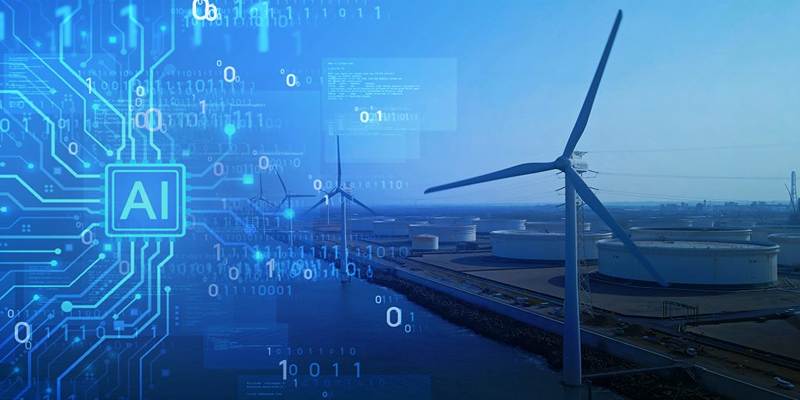Pipelines are needed to safely move oil, gas, and water over long distances. However, even a small crack or leak can cause big problems, damage the environment, and cost you money. Most of the time, the old ways of keeping an eye on pipes don't catch early signs of failure. Artificial Intelligence (AI) is helping things change quickly, though.
Monitoring processes in real-time is easier and faster with AI. In addition to finding leaks before they do a lot of damage, it also lets teams know about strange patterns and even guesses where problems might happen in the future. AI is changing the pipeline monitoring business, saving money, and protecting the environment, as this post explains.
Why Is Pipeline Monitoring Important?
Pipelines are hidden deep underground and often go through rough terrain for hundreds or even thousands of miles. Regular checks by hand are hard to do and cost a lot of money. The damage may not be seen until it's too late if something goes wrong. Leaks can lead to:
- Gas or oil leaks that hurt wildlife and outdoor areas
- Contamination of water supplies
- Fires or explosions
- Firms face big fines and lawsuits
- Loss of trust among the public
So, it's very important to have an intelligent tracking system that works in real-time. AI offers that solution.
What Is AI for Pipeline Monitoring?

Using AI for pipeline tracking means using advanced tools like machine learning, sensors, and data analytics to keep an eye on pipeline conditions without the person having to do anything. The objective is to find leaks, guess failures, and act quickly before something goes wrong.
Here’s how it works:
- Pressure, temperature, flow rate, and vibrations are measured by sensors that are put along the tunnel.
- The data is sent to an AI system that analyzes it in real-time.
- If the AI system notices something out of the ordinary, like a quick drop in pressure, it sounds an alarm.
- In some cases, the system can even suggest what might have caused the issue or shut down the pipeline automatically.
Key Benefits of Using AI in Pipeline Monitoring
AI is helping industries make pipeline monitoring more effective, accurate, and cost-efficient. Here are some of the main benefits:
- Early Leak Detection: AI spots the tiniest leaks before they become big problems.
- Faster Response: Real-time alerts help teams act quickly, reducing damage.
- Lower Maintenance Costs: Predictive maintenance means fixing small issues before they become expensive.
- Improved Safety: Fewer accidents mean safer working conditions for staff.
- Environmental Protection: Reduces the risk of oil spills and water contamination.
How AI Detects Leaks in Pipelines
AI systems use multiple techniques to detect pipeline leaks. These include pattern recognition, acoustic monitoring, and pressure analysis.
Pattern Recognition
AI models are trained on past data from healthy pipelines and leak incidents. When live data doesn't match the normal pattern, the AI flags it.
For example, if the pressure suddenly drops in a section of the pipe, it may signal a crack or hole. The AI system compares current readings with past trends to determine whether this drop is natural or abnormal.
Acoustic Monitoring
Special microphones or acoustic sensors are used to listen to leak sounds. The AI software analyzes these sounds to identify noise patterns caused by escaping gas or liquid. This method is very useful for detecting small leaks that are hard to notice using traditional tools. The combination of sound data and AI allows for accurate leak detection even in noisy environments.
Pressure and Flow Monitoring
Pipelines normally have steady pressure and flow. If there's a leak, these values change. AI systems monitor this data and use smart algorithms to detect any inconsistencies.
Some systems use Digital Twins, which are virtual models of real pipelines. These twins help simulate how the pipeline should behave under normal conditions. If real data starts to differ from the model, the AI knows something’s wrong.
Preventing Pipeline Accidents Before They Happen
AI not only detects leaks—it can predict accidents before they occur. It is known as predictive maintenance, and it's one of the most powerful uses of AI.
What Is Predictive Maintenance?
Predictive maintenance means using AI to figure out which parts of the pipeline are likely to fail soon. Instead of waiting for a leak or break to happen, teams can take action early.
Some ways AI predicts failures:
- Corrosion Detection: AI can analyze inspection images and sensor data to spot signs of rust or corrosion.
- Vibration Analysis: AI monitors unusual vibrations which can mean that a pipeline section is unstable.
- Weather Impact: AI can factor in temperature and pressure changes due to the weather, which may affect pipeline strength.
By predicting risks early, companies can prevent costly accidents, improve Safety, and reduce downtime.
Real-World Examples of AI in Pipeline Monitoring

Companies around the world are already using AI to monitor pipelines. Here are a few examples:
- Enbridge, a major North American pipeline operator, uses AI and machine learning to analyze data from over 5,000 sensors. Their system can predict pipeline issues before they occur.
- China National Petroleum Corporation (CNPC) has deployed AI-driven monitoring systems that use thermal cameras and machine vision to detect leaks in oil pipelines.
- Startups like SensirTech and Orbital Sidekick use satellite data and AI models to monitor pipelines from space.
These success stories show how AI for pipeline monitoring is not a future dream—it's happening now.
Conclusion
AI for pipeline monitoring is a game-changer. It helps detect leaks early, prevent costly accidents, and improve Safety for both people and the environment. From oil and gas to water supply systems, AI is making pipelines smarter and safer. As more companies invest in digital transformation, adopting AI for pipeline monitoring is no longer optional—it’s becoming essential. If you're in the pipeline industry and haven't yet explored AI solutions, now is the perfect time to start.











